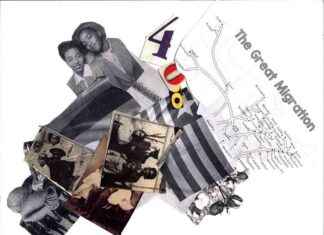The Archeology Service (SIAM) of the Valencia City Council has dated a sword located on Historiador Chabàs Street, in the Seu neighborhood, in 1994 as Islamic. It is a sword from the 10th century that was found in an Islamic house and in a domestic context. The weapon was stuck standing inside a grave, which had been filled with other materials. This circumstance has led technicians to call it Excalibur. The house where the weapon appears was located north of the ancient Roman forum, in an area that has been occupied by successive cultures of the city throughout history.
Excalibur is a short iron sword that measures 46 centimeters with a hilt decorated with bronze plates and small notches that favored handling. The blade, of moderate size, curves slightly towards the tip, which has generated some confusion about the exact chronology since the Visigothic swords had a similar shape. The sedimentary strata, however, allow it to be dated to the Islamic period. The size of the weapon and the absence of a hand guard suggest that it could have been used by a horseman from the Andalusian caliphal era. It is also likely that it is an evolution of Visigothic models but, for municipal technicians, there is no doubt that it belongs to the Islamic period of Balansiya.
It is the first Islamic sword that appears in the city and there is only one similar one that was found in the excavations of Medina Azahara, the caliphal city of Abd al-Rahman III, in Córdoba. Furthermore, well-preserved swords from this period are rare in Spain and even more so in the city of Valencia, where the characteristics of the soil make conservation difficult.
The sword, which has been restored, has been dated within the framework of the archeology scholarship organized annually by the Valencia City Council. In the 2023-2024 edition, the scholarship has been dedicated entirely to the analysis of metallic objects. The fact that the beneficiary of this scholarship is an archaeologist specialized in metals has favored the exact dating of the sword.
The Councilor for Cultural Action, Heritage and Cultural Resources, José Luis Moreno, has assured that “thanks to the archeology scholarship organized by the Valencia City Council, the archaeologist José Miguel Osuna is carrying out a detailed study analyzing metal objects ranging from “from the Roman era to the late medieval period and where a new and exceptional discovery has come to light, which we have called the Excalibur of Roc Chabàs to be very similar to the legendary sword of King Arthur.” According to the councilor, “this sword has a unique design that gives it great archaeological and heritage value, so we have a new treasure in this Islamic Excalibur and a historical legacy of ancient Balansiya.”
The analysis of the piece is also part of the cataloging and review work that the Municipal Archeology Service is carrying out on the occasion of its 75th anniversary, which will be celebrated in 2024, and which will culminate in an exhibition that can be seen after the summer in the exhibition hall of the Town Hall.








